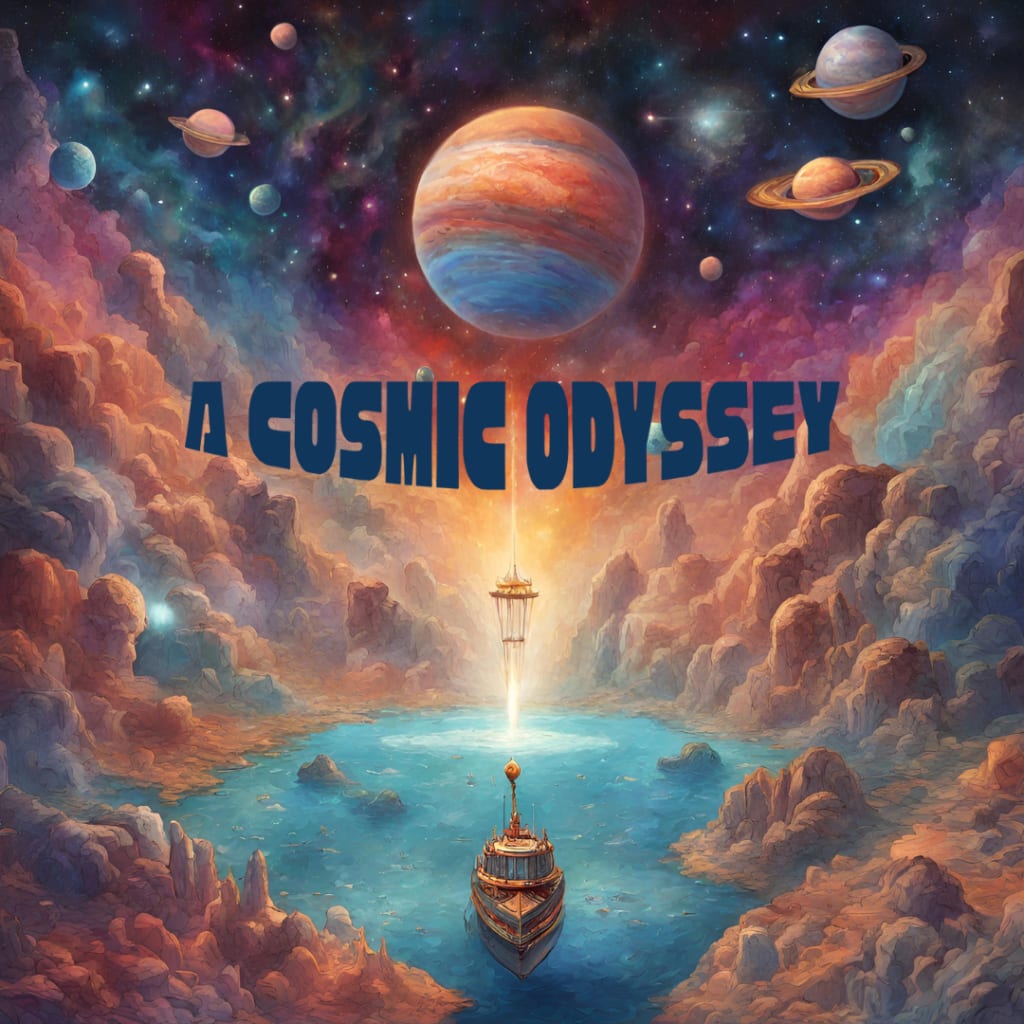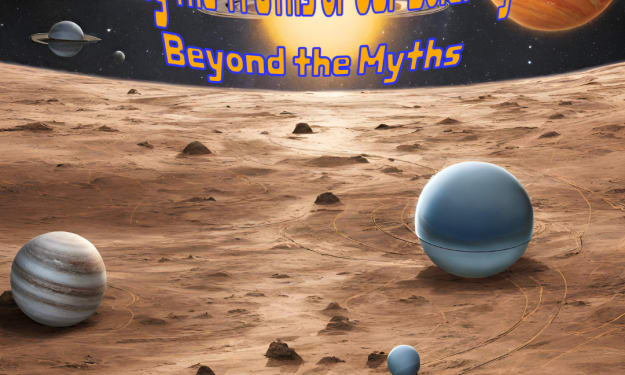A Cosmic Odyssey
Exploring the Grand Narrative of Our Universe's Evolution

Introduction:
Billions of years ago, our universe burst into existence in a cataclysmic event known as the Big Bang. Since then, it has unfolded into a vast tapestry, giving birth to millions of galaxies, our solar system, and the diverse wonders that surround us. In the next few minutes, we embark on a journey back in time, exploring the captivating history of the universe—its evolution, the birth of stars, the formation of galaxies, and the emergence of life.
The Big Bang and the Building Blocks:
At the dawn of time, there was nothing. Then, in a cosmic heartbeat, the Big Bang ignited, setting the stage for the universe's grand spectacle. The exact genesis of this event remains shrouded in mystery, but once it commenced, it never ceased. In milliseconds, particles like quarks and photons materialized, laying the foundation for the world as we know it.
Formation of Elements:
In the following minutes, the universe witnessed the birth of various elements. Protons and neutrons combined, giving rise to elements like helium and deuterium. Over the next 400 million years, the universe underwent a rapid expansion, a chaotic dance of creation.
Formation of Cosmic Structures:
After eons of chaos and expansion, a moment of relative calm ensued. This marked the formation of the first cosmic structures, the building blocks of stars, galaxies, and planets. Primordial gas clouds composed of helium and hydrogen coalesced over millions of years, driven by the force of gravity. As these clouds condensed, they grew denser, setting the stage for the celestial spectacle that would follow.
Birth of Stars:
Accelerating the narrative, we witness the gas clouds becoming denser and hotter. When the core of these clouds reached 10 million degrees Kelvin, a dazzling display of nuclear fusion ignited. Hydrogen atoms merged to form helium, unleashing immense energy. The first star in our universe burst forth, and within cosmic clouds, billions more followed suit, each destined to play a unique role in shaping our celestial home.
Galaxy Formation and Evolution:
Stars, however, are not loners. They crave companionship, and gravitational forces brought them together with other cosmic particles, forming galaxies. Over millions of years, these galaxies continued to evolve and, through gravitational attraction, gave rise to colossal structures known as galaxy clusters. Stars within these galaxies lived out their unique lifespans, some burning brightly for millions of years, others enduring for trillions.
Dark Matter's Role:
Amidst this cosmic ballet, a mysterious player emerged—dark matter. Unseen and elusive, dark matter exerted a powerful influence, acting as an unseen architect shaping the structure of the universe, including the formation of galaxy clusters.
Solar System Formation:
Fast-forwarding through countless eons, we arrive at the formation of our solar system. Gas clouds collapsed under their gravity, forming planets, including Earth. A critical event occurred when a Mars-sized body, Theia, collided with a protoplanet, resulting in the birth of Earth and our moon. Similar collisions gave rise to the other rocky planets and gas giants in our solar system.
The Emergence of Life:
After billions of years, life emerged in the form of simple single-celled organisms. Oxygen appeared, paving the way for the evolution of multicellular life. The Earth's climate took shape, and the ozone layer shielded life from harmful space radiation.
The Age of Reptiles and Mass Extinction:
Continuing our journey through time, we witness the rise of complex life forms. The age of reptiles, marked by the supercontinent Pangaea, gives way to a mass extinction event, clearing the stage for the emergence of dinosaurs and mammals.
Human Evolution and Civilization:
In the subsequent eons, humans evolved, leading to the birth of modern civilization. Continents shifted, climates changed, and the Earth transformed. As we stand at the threshold of the future, the next chapter remains uncertain. Space travel, climate change, and future technologies beckon us forward, inviting us to be active participants in the ongoing saga of our universe.
Conclusion:
Our cosmic odyssey, spanning 13.8 billion years, has unfolded in a symphony of creation, destruction, and evolution. From the primordial soup to the emergence of intelligent life, the universe continues to shape its destiny. As we look ahead to the unknown, the story of our universe invites us to ponder the possibilities that await us in the next billion years and beyond.





Comments
There are no comments for this story
Be the first to respond and start the conversation.